The Hidden Wall Between Fabric OneLake and Databricks Unity Catalog
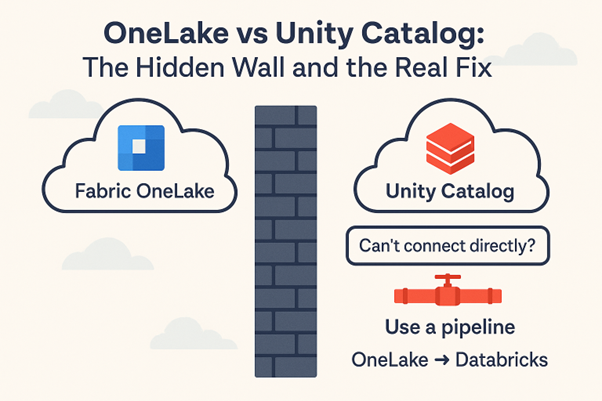
These days, many teams use Microsoft Fabric OneLake for unified storage and Databricks Unity Catalog (UC) for data governance and analytics. But here’s the catch: when you try to connect them directly, you hit a wall. You can’t simply register a Fabric Lakehouse as an external location in Databricks Unity Catalog like you would with […]
Getting Started with Kubernetes

Kubernetes has become the go-to platform for container orchestration, enabling developers and operations teams to deploy, manage, and scale containerized applications efficiently. If you’re new to Kubernetes, this guide will walk you through the basics, from what Kubernetes is to how to set up your first cluster and deploy an application. What is Kubernetes? Kubernetes, […]
Why Choose Django? A Beginner’s Guide to the Framework

Django is a high-level web framework for Python that enables developing dynamic websites more quickly and easily. Written with the “Don’t Repeat Yourself (DRY)” philosophy, it encourages reusable components and less code to write. With robust built-in features like user authentication, database integration, and CRUD operations ready to use out of the box, Django lets […]
Databricks Clean Room — where shared insights meet uncompromised privacy

A Data clean Room is a secure space that enables businesses to work together on sensitive data without exposing or compromising it. By using robust protocols and advanced technologies it allows multiple parties to combine and analyse information while ensuring strict adherence to privacy regulations and compliance requirements. Let’s consider a scenario where two organizations […]
Handling CDC in Databricks: Custom MERGE vs. DLT APPLY CHANGES
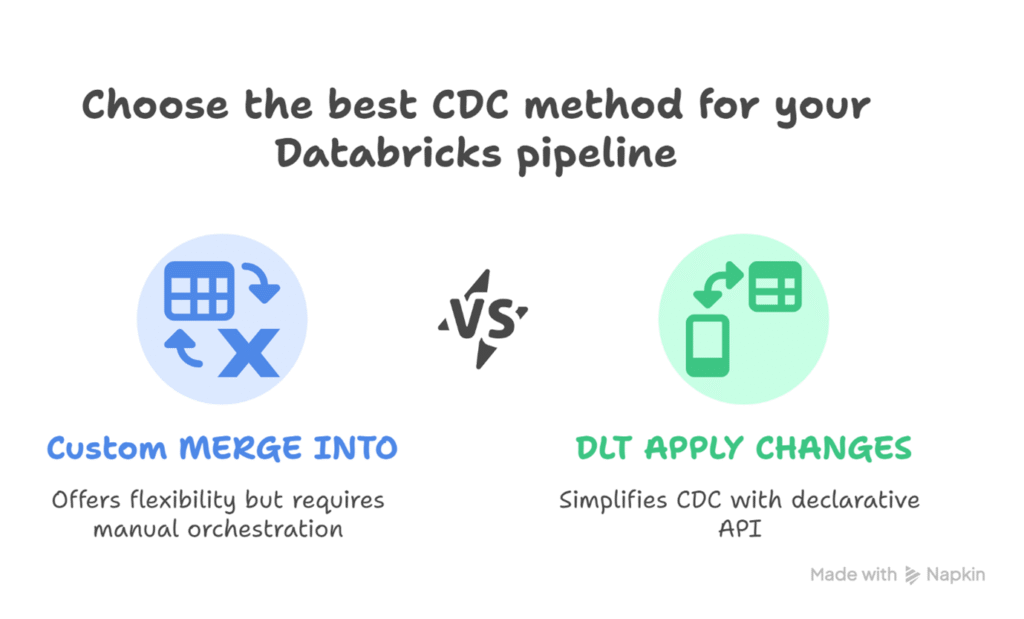
Change data capture (CDC) is crucial for keeping data lakes synchronized with source systems. Databricks supports CDC through two main approaches: Custom MERGE operation (Spark SQL or PySpark) Delta Live Tables (DLT) APPLY CHANGES, a declarative CDC API This blog explores both methods, their trade-offs, and demonstrates best practices for production-grade pipelines in Databricks. Custom […]
Reducing Dataset Size Without Sacrificing Insight
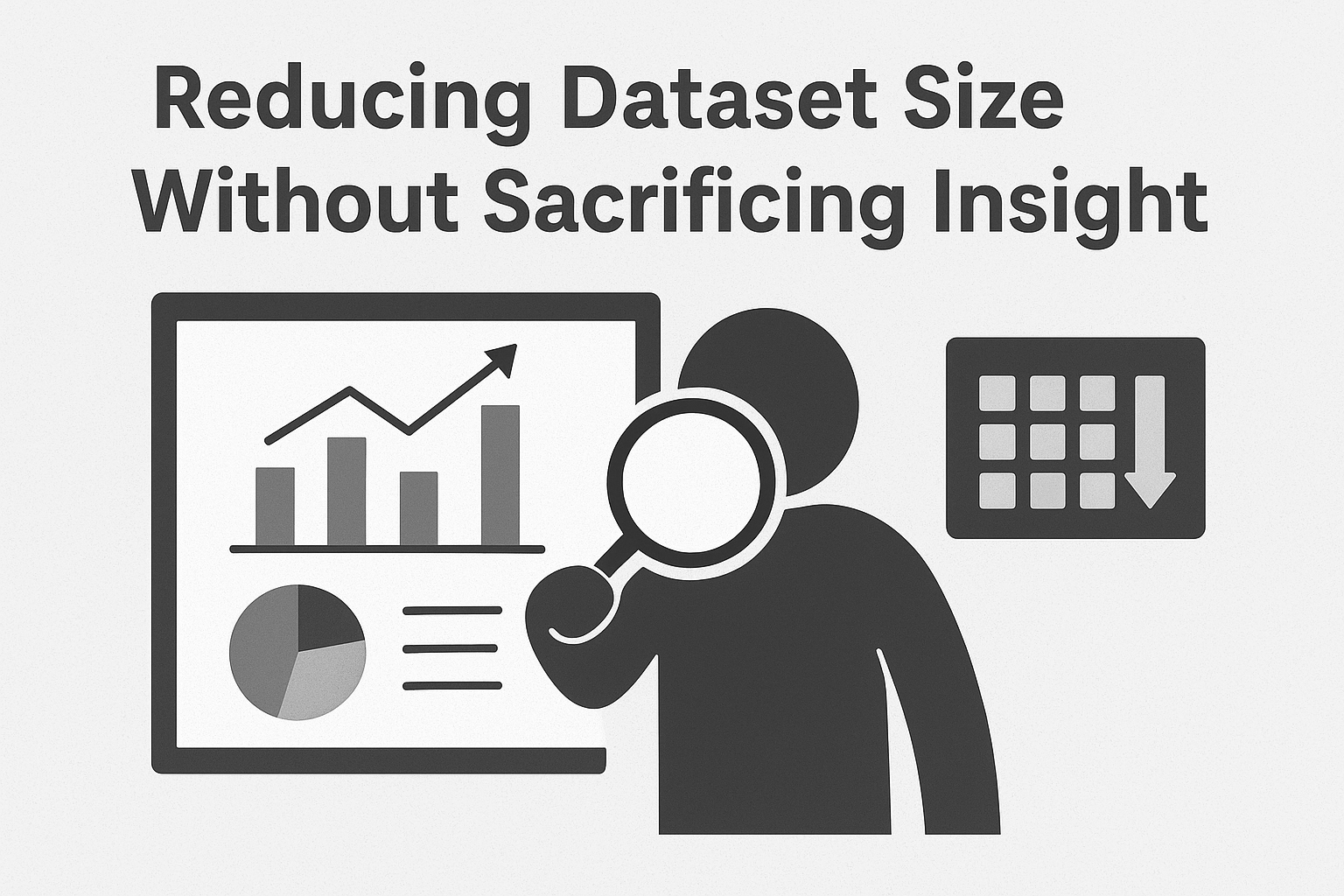
Introduction: Power BI empowers organizations to turn data into actionable insights. However, as datasets grow in complexity and volume, performance bottlenecks, slow report loads, and publishing restrictions can arise. One common misconception is that reducing dataset size means compromising on analysis or losing valuable data. But with smart modeling and design strategies, you can shrink […]
Why Database Lookups Are Slow—and How Bloom Filters Supercharge Performance
High-scale applications like Twitter, LinkedIn, and Gmail handle millions of users every day. Making sure everything runs smoothly is important, especially for simple tasks like checking if a username is available. But with so many users, even small tasks can slow down the system. This is where Bloom Filters come in. They’re a smart, memory-efficient […]
Understanding Instant Backoff vs Exponential Backoff
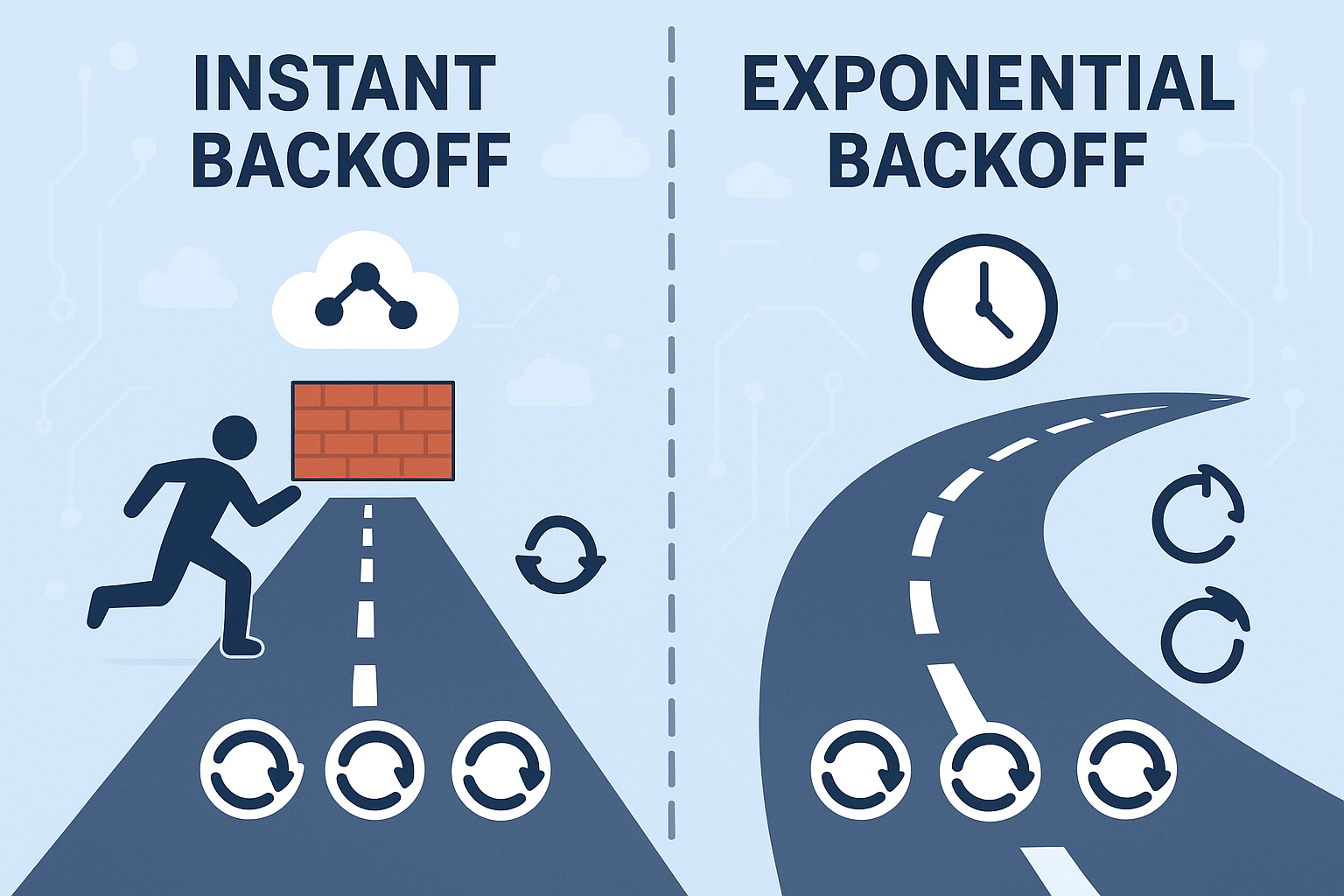
When working with systems and networks, temporary failures are inevitable. Services may go down briefly, servers can become overloaded, or network connections may be disrupted. Instead of giving up on the operation, applications usually retry. But how and when to retry makes a huge difference in performance, stability, and reliability. Two widely used retry strategies […]
Strategy One: The Power of AI + BI in One Unified Platform
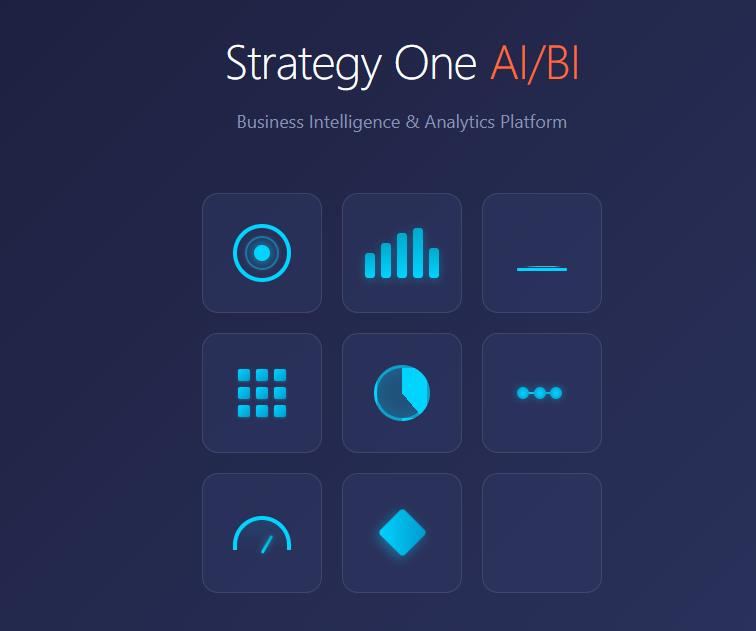
In today’s data-driven world, businesses need tools that not only analyse data but also communicate insights intuitively and intelligently. Strategy One delivers on this need by combining the precision of traditional Business Intelligence (BI) with the cognitive capabilities of Artificial Intelligence (AI), providing a truly unified, scalable, and intelligent platform. Let’s explore how this synergy […]
Simplifying Flutter State Management with Provider, Riverpod & Bloc
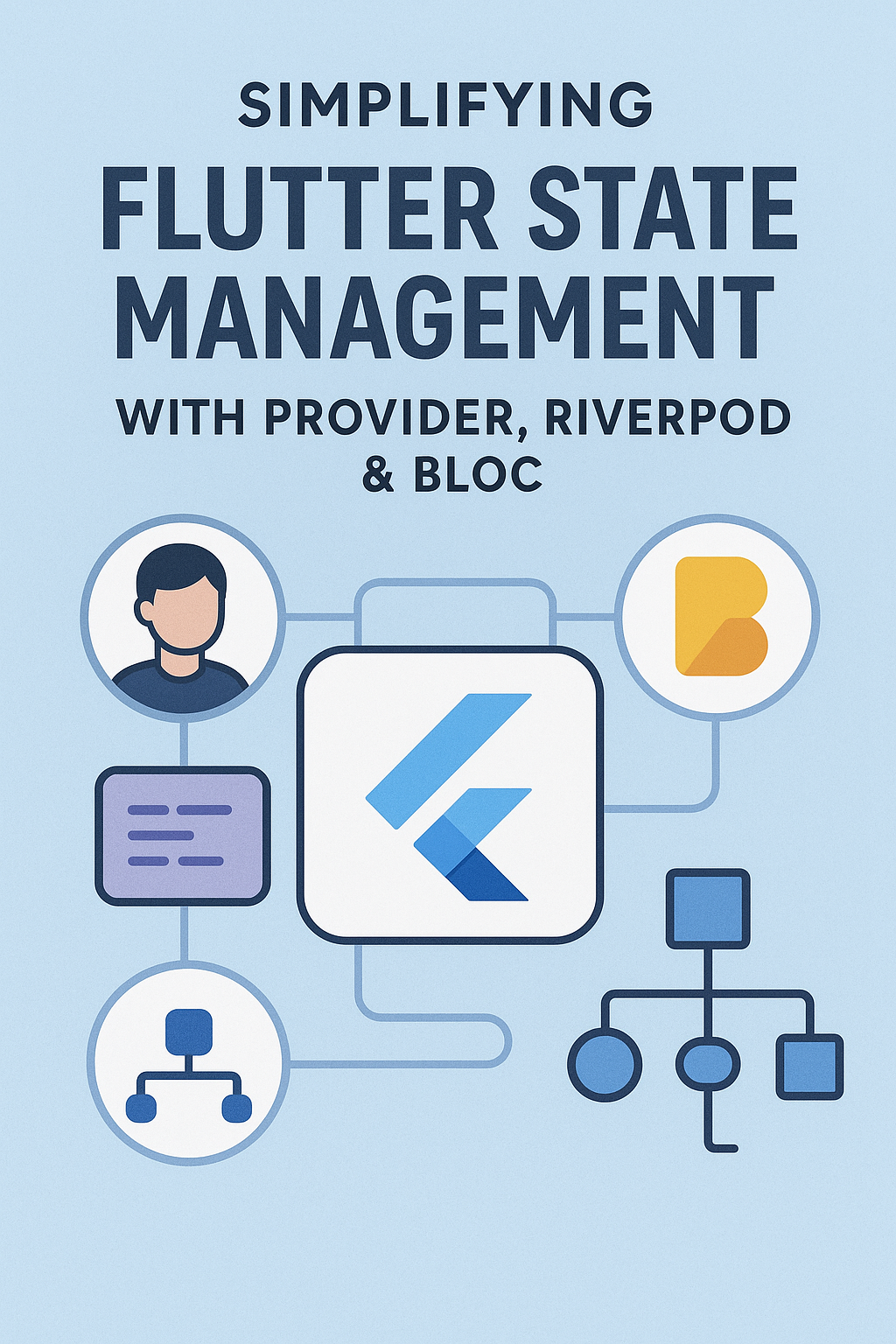
In Flutter, state management plays a vital role in how the app behaves, responds, and scales. As the UI rebuilds based on user actions or data changes, managing that state effectively becomes critical. With the growing popularity of Flutter, several libraries and patterns have emerged to manage the state. Among them, Provider, Riverpod, and Bloc […]